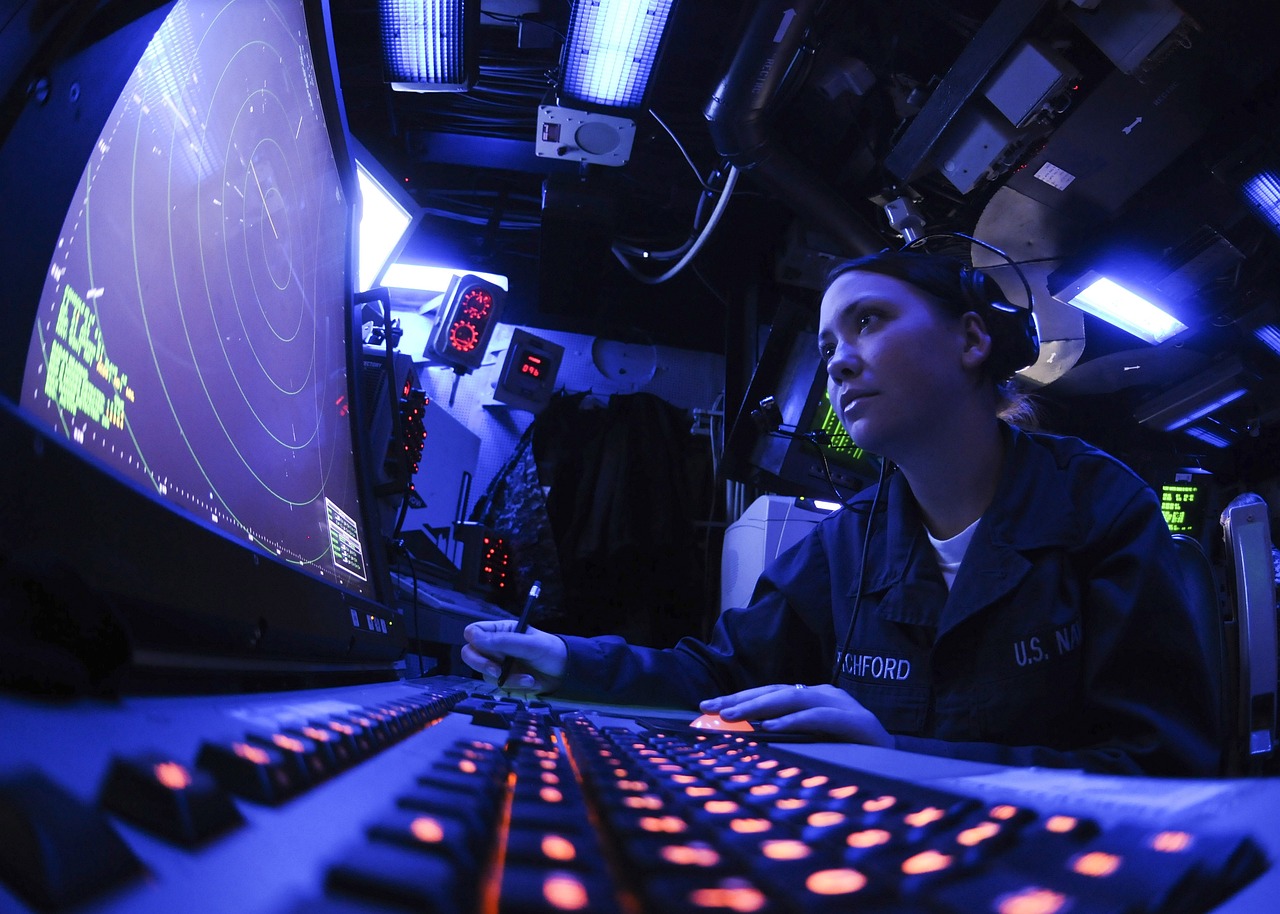This post is also available in:
 עברית (Hebrew)
עברית (Hebrew)

The possibilities of such a technology are mind-boggling. With further development, the new NIST imager could eventually be used for applications such as detecting suicide bomb vests under clothing at military checkpoints or identifying threats at sea such as ships hidden in fog.
NIST reports that their prototype imager, unveiled at the SPIE Remote Sensing Conference last month, has three key features, which may offer advantages over other screening systems such as those used for airport security.
Firstly, the NIST imager incorporates proprietary software which weaves together high-resolution still images to make video in near real time.
Second, the system operates from a longer “standoff” distance then other similar systems (sixteen to twenty-eight meters away from a target).
Thirdly, unlike other screening systems that bombard a target with X-rays or other types of radiation, the NIST imager is passive. This means it merely detects naturally emitted or reflected light. Similar to an infrared camera, the NIST instrument scans a target to detect emissions of terahertz (also called sub-millimeter) light and then generates images based on temperature variations.
IHLS – Israel Homeland Security
The long-distance operation is made possible by very sensitive detectors —NIST’s transition-edge sensors. These tiny but sensitive thermometers are made of a superconducting metal, which works in response to very faint light. The system currently has 251 sensors, and the resulting images show detail as small as 1 centimeter in size across a target area about 80 by 60 centimeters. The system produces less detailed images at the farther end of its operating range.
The NIST imager’s video frame rate is currently six frames per second, which is relatively slow (standard movie format is twenty-four frames per second). NIST researchers say, however, that their system can be developed further to have four times as many sensors (for a total of 1,004), which would produce larger, near-full-body images.
System components include two mirrors and a lens that focus light on the sensors, a low-temperature refrigerator containing a wafer of sensors and amplifiers, electronics to combine all the signals, and software that stitches the images together into video.
























